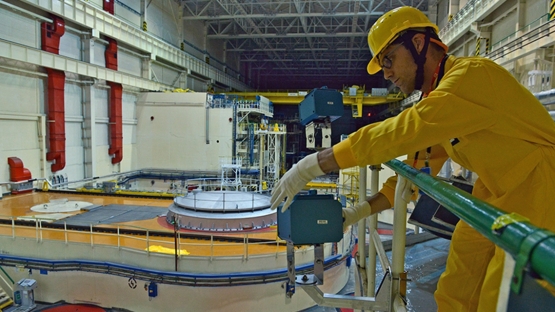During 2019, the IAEA applied nuclear safeguards in 183 States worldwide, according to the Safeguards Statement for 2019 published this week. IAEA safeguards are a series of technical measures that provide the international community with confidence that nuclear material is used for peaceful purposes and not to produce nuclear weapons.
“Following the trend of previous years, in 2019 the total number of nuclear facilities and other locations under safeguards continued to increase, as did the amount of nuclear material for which the IAEA applies safeguards,” said Massimo Aparo, Deputy Director General and Head of the Department of Safeguards at the IAEA.
The IAEA reported its 2019 safeguards conclusions to its Board of Governors in June as part of the annual Safeguards Implementation Report.
Of the 175 States with a comprehensive safeguards agreement in force in 2019, 131 also had an additional protocol in force or provisionally implemented. This included two States who ratified an additional protocol to their safeguards agreements during the year. By providing access to additional information, sites and locations, the additional protocol enables the IAEA to provide assurances regarding the absence of undeclared nuclear material and activities, in addition to assurances on the non-diversion of declared nuclear material from peaceful nuclear activities.






